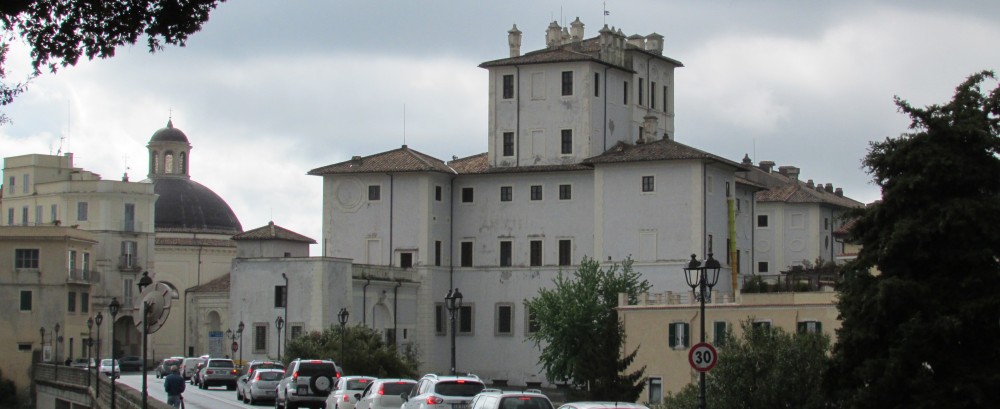As an interior design student who had always dreamed of visiting Italy, one of the aspects
of being abroad I was most looking forward to was the art and architecture. Going into it, I was expecting for it to amaze me, but was not prepared for how much it would truly inspire and impact me.
Simply living in the Chigi Palace, a building designed by Bernini, has left me inspired and given me a wonderfully unique experience that not many other design students can relate to. It blows my mind that everyday I get to walk around on the same tiles that Bernini did hundreds of years ago. Although I have seen lots of pictures of Italian design and have learned a lot about it through my classes, getting to experience it in person has been life-changing. Not only does the scale of these designs leave me speechless, but the fact that they have persevered through ages and centuries of time seems unbelievable to me.
Another characteristic of Italian design that has stood out to me is the attention to detail found within each structure. Whether it be a grand basilica like St. Peter’s or a tiny chapel, I have found that there is so much significance and meaning behind each little design decision within each space. It is amazing the stories that can be told simply by the people, animals, and shapes displayed in different ways through design. I have begun to notice how amazing of a storyteller the art of design is through tiny engraved details into columns and magnificent sculptures molded by hand. Moments of glory, strength, and power at other times design tell the story of hardship, defeat, and fear. With such a long and complicated history, places like Ariccia and Rome have so much to say through their art and design. Even today, when experiencing these works I feel like I have traveled back in time and am able to feel the same emotions that the people felt at the time the piece was created.
Although so much has changed since lots of the art and architecture I have experienced was created, it can also serve as a bridge between the past and present. While the circumstances today are very different than they were back in ancient Rome, human emotion and connection were very much alive similarly to how they are today. There were philosophers and deep thinkers questioning morality and working to understand human nature. Today, we can relate to the people back then who were beginning to discover and explore the idea of having feelings and emotions and learning how to deal with them. It is clear that even though centuries have passed, art, design, and architecture all have a great power to not only be a means of emotional expression, but also a way to understand people of the past, present, and (eventually) future.
All of the amazing works of art I have experienced thus far abroad have left me feeling so inspired. I am prepared to bring what I have learned back to the United States and find ways to apply them to my designs as I continue on in my interior design career.
Whitney Robeson

An image of the ceiling in the “Summer Room” in the Chigi Palace.
